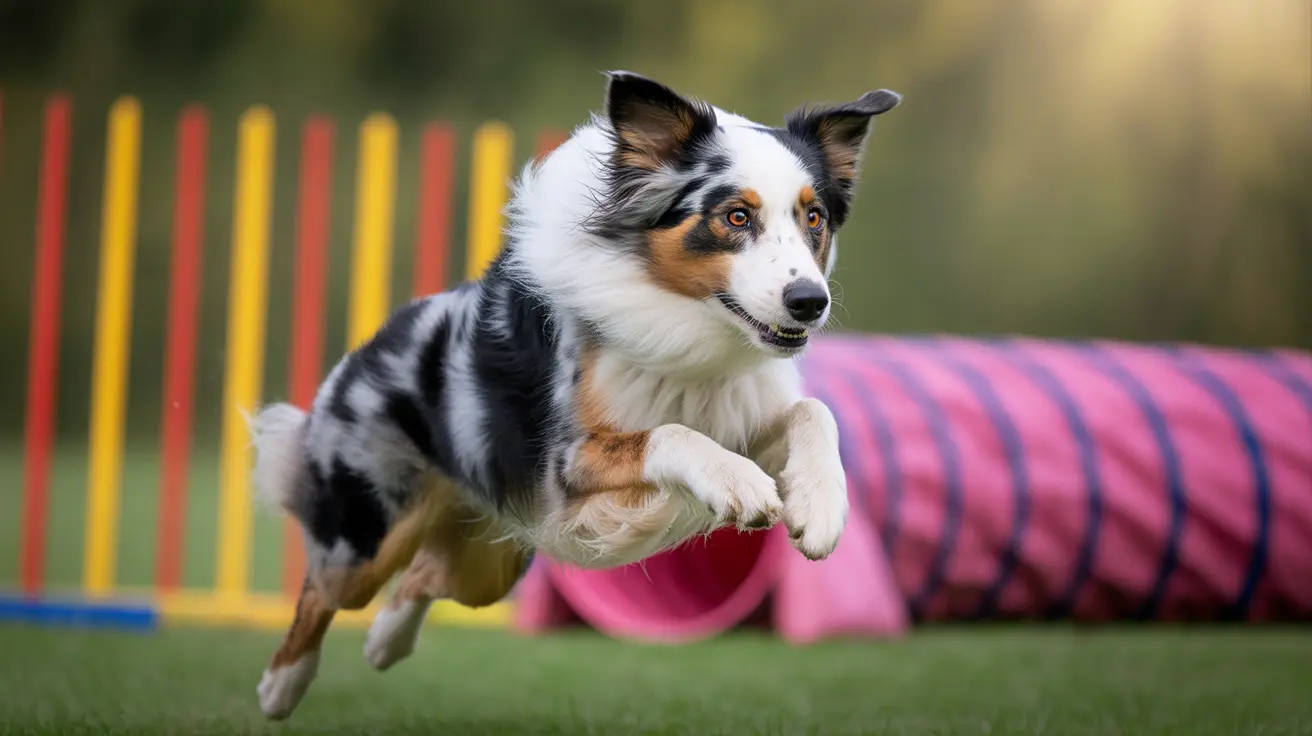When a hurricane threatens, having a comprehensive preparedness plan for your pets can mean the difference between their safety and potential tragedy. As responsible pet owners, we must include our furry family members in our emergency planning, ensuring they remain protected before, during, and after severe weather events.
This detailed guide will walk you through essential steps to protect your pets during hurricanes, from creating emergency kits to developing evacuation strategies that account for your entire family – including those with four legs.
Creating Your Pet's Hurricane Emergency Kit
A well-stocked emergency kit is crucial for your pet's survival during a hurricane. Start assembling your kit well before hurricane season begins, including:
- Two weeks' supply of food and water
- Medications and first aid supplies
- Feeding bowls and manual can opener
- Litter boxes, pee pads, and waste bags
- Recent photos of your pets for identification
- Copies of medical records and vaccination certificates
- Comfort items (favorite toys, blankets, treats)
Developing a Pet-Inclusive Evacuation Strategy
Your evacuation plan must account for every family member, including pets. Start by:
- Identifying pet-friendly evacuation routes
- Locating emergency shelters that accept animals
- Establishing a support network of friends or neighbors
- Preparing proper carriers and transportation equipment
- Having multiple destination options ready
- Practicing evacuation drills with your pets
Essential Pet Identification and Documentation
Proper identification significantly increases the chances of reuniting with your pet if separated during a hurricane:
- Ensure microchip information is current
- Attach updated ID tags to collars
- Keep recent photos on your phone
- Store vaccination records digitally and in print
- Create a detailed pet profile with medical history
Safe Shelter Options During Hurricanes
Not all emergency shelters welcome pets, so research these options in advance:
- Pet-friendly emergency shelters
- Hotels with pet-accepting policies
- Boarding facilities outside evacuation zones
- Friends or family members' homes
- Veterinary offices offering emergency boarding
Post-Hurricane Pet Safety Measures
After the storm passes, continue protecting your pets by:
- Keeping them leashed or contained when outdoors
- Avoiding flood water contact
- Checking for hazards before allowing outdoor access
- Monitoring for signs of stress or illness
- Maintaining regular feeding and medication schedules
Frequently Asked Questions
How do I create an effective hurricane evacuation plan that includes my pets?
Create a written plan that includes evacuation routes, pet-friendly destinations, and emergency contacts. Keep carriers easily accessible, practice evacuation drills, and maintain an updated emergency kit. Establish a buddy system with neighbors who can help if you're not home when evacuation orders come.
What should I include in an emergency hurricane preparedness kit for my pet?
Include two weeks' worth of food and water, medications, first aid supplies, feeding bowls, waste management items, comfort toys, copies of medical records, recent photos, and proper identification. Also pack cleaning supplies and any special items your pet may need.
How can I ensure my pet's identification and medical needs are covered before a hurricane?
Microchip your pets and keep the registration current, ensure they wear collars with updated ID tags, maintain digital and physical copies of medical records, and keep a recent photo of you with your pet for proof of ownership.
Where can I find pet-friendly shelters or accommodations during a hurricane evacuation?
Contact your local emergency management office for lists of pet-friendly shelters, search for pet-friendly hotels along evacuation routes, and maintain a list of boarding facilities and veterinary offices that offer emergency housing. Consider establishing arrangements with friends or family members outside the hurricane zone.
What safety precautions should I take for my pets during and after a hurricane?
Keep pets indoors and in secure carriers during the storm. After the hurricane, keep them leashed when outdoors, avoid contaminated flood waters, check for hazards before allowing outdoor access, and monitor them closely for signs of illness or injury. Maintain regular feeding and medication schedules as much as possible.
Remember, preparation is key to keeping your pets safe during hurricane season. By following this comprehensive guide and staying informed about local emergency procedures, you can ensure your entire family – including pets – remains protected when severe weather strikes.






